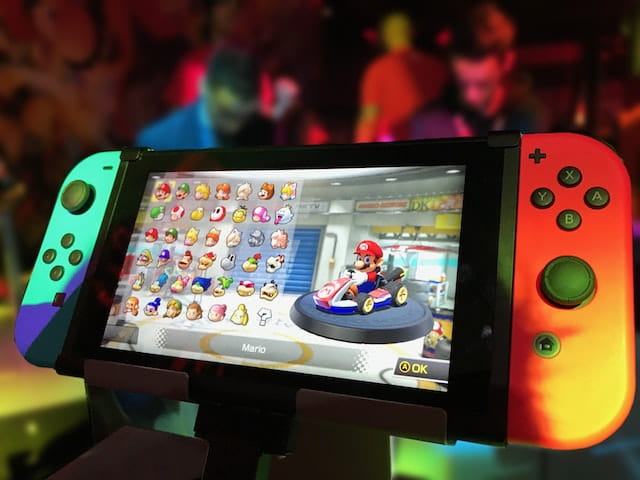Game design and graphics are the dynamic duo behind the creation of immersive and captivating digital worlds, with game design focusing on gameplay mechanics and storytelling. In contrast, graphics handle the visual elements that bring these worlds to life. Together, they form the foundation of compelling gaming experiences.
Conceptualization and Storytelling

Game design starts with a captivating concept and narrative, setting the stage for the game, including gameplay, characters, and visual style. The graphics must harmonize with the storyline to evoke specific emotions in players.
A key aspect of effective game design is the creation of memorable characters. Character designers craft protagonists, antagonists, and supporting cast members, carefully considering their appearance, personality, and abilities to make them relatable and engaging in the gaming experience.
Environment Design
Game worlds transcend mere backdrops; they become characters in their own right. Environment designers meticulously shape landscapes, architecture, and settings, drawing players into the game’s universe.
Immersion hinges on their meticulous attention to detail, which ensures a believable and captivating world.
Furthermore, selecting an art style is pivotal in defining a game’s visual identity. Whether opting for realism, cel-shaded designs, or pixel art, the chosen art style establishes the game’s ambiance and resonates with its intended player base.
Technical Aspects of Game Graphics
Graphics in games involve technical considerations like rendering, shading, and optimization. Unreal Engine and Unity are two leading game engines in the industry for artists and designers to create visually stunning and efficient graphics.
Animation and Motion
Movement breathes life into game characters and objects. Animators create animations that convey actions, emotions, and interactions, enhancing player immersion. UI designers ensure that players can navigate the game effortlessly. They design menus, icons, and HUD elements that are intuitive and aesthetically pleasing.
2D vs. 3D Graphics
Game graphics can be categorized into 2D and 3D formats. 2D graphics are typically used for platformers and retro-style games, while 3D graphics offer depth and realism for modern titles. The choice depends on the game’s design goals.
Player Engagement and Immersion
Great game design and graphics work together to immerse players in the gaming experience. Engaging visuals, compelling stories, and seamless gameplay opens new world of gaming that taps the player’s emotions and feelings.
